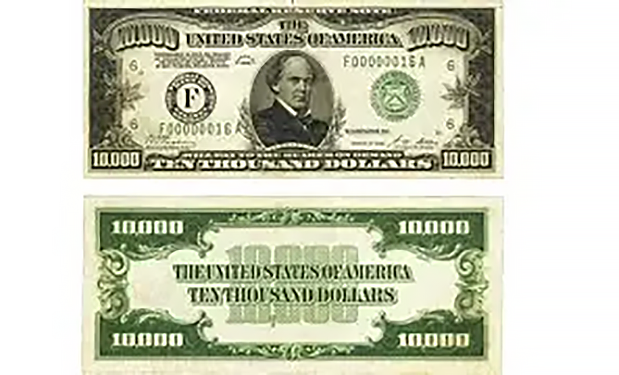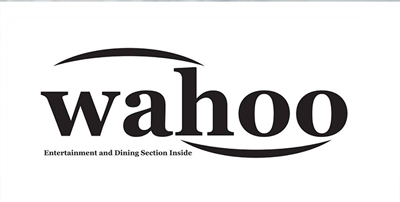Currently, the highest denomination note printed in the United States is the $100 bill, but up until 1945, $500, $1,000, $5,000 and $10,000 notes were printed. In 1969, the government began removing these notes from circulation due to “lack of use.” Although they are still legal tender, because of their scarcity, their collector value exceeds their face value.
An example being government records show only 336-$10,000 notes have not been redeemed by the government, 100 of which were the notes on display at the old Binion Casino in Nevada which had them on display for their customers to be photographed with a million dollars in cash.
Outstanding $10,000 notes can sell for anywhere between $40,000 and $100,000 in today’s collector market, depending on condition. Notes with a $5,000 denomination generally fall within a similar range, as comparable quantities remain in circulation. Meanwhile, $1,000 notes typically start around $1,200, and $500 notes begin at roughly $600, though both can command higher prices if well-preserved.
All four notes, $500 though $10,000, were issued in two different series — 1928 and 1934. The 1928 series is a little more popular with collectors because it contains the notation “Redeemable in Gold” because we were still on the gold standard at that time. The 1934 series does not have that statement. Even though the 1928 note was redeemable in gold, it was a Federal Reserve Note, not a Gold Certificate. There were no $500 through $10,000 Gold Certificates in the 1928 series.
A recent article in the Wall Street Journal wrote about the Swiss government’ s decision to continue issuing one-thousand-franc notes (worth about $1000 U.S.) in spite of opinion from some sources that high denomination currency facilitates illegal activity such as drug dealing and tax evasion. If you will recall, I wrote that in the past several years there was even a movement in the United States to get rid of the $100 and $50 bills for that very reason, in spite of the fact there is no documented justification to support that opinion.
The Swiss are holding firm even though other countries are eliminating their high value notes such as the European Union Central Bank which has stopped issuing 500 Euro ($567 US) and in 2014 Singapore stopped issuing its 10,000-dollar notes ($7,383 US). Even though these notes are no longer printed, they are still legal tender. In fact, the Swiss are very adamant that there is no correlation between illegal activities and the use of high denomination currency. And they further state that the high salaries and high cost of living in Switzerland justifies big bills. In fact, a recent survey in Switzerland found that 40% of the respondents stated that they had used at least 1-1000 franc note in the last two years and that these notes are popular amongst the older population.
The Swiss approach to currency focuses more on anti-counterfeiting than on curbing illegal use. They issue new banknotes approximately every 20 years, and once a series has been in circulation for 40 years, it loses all value — regardless of denomination. I bet that discourages hoarding.
Douglas Keefe and his wife Linda are owners of Beachcomber Coins and Collectibles in Egg Harbor Township. It is their only location.
















